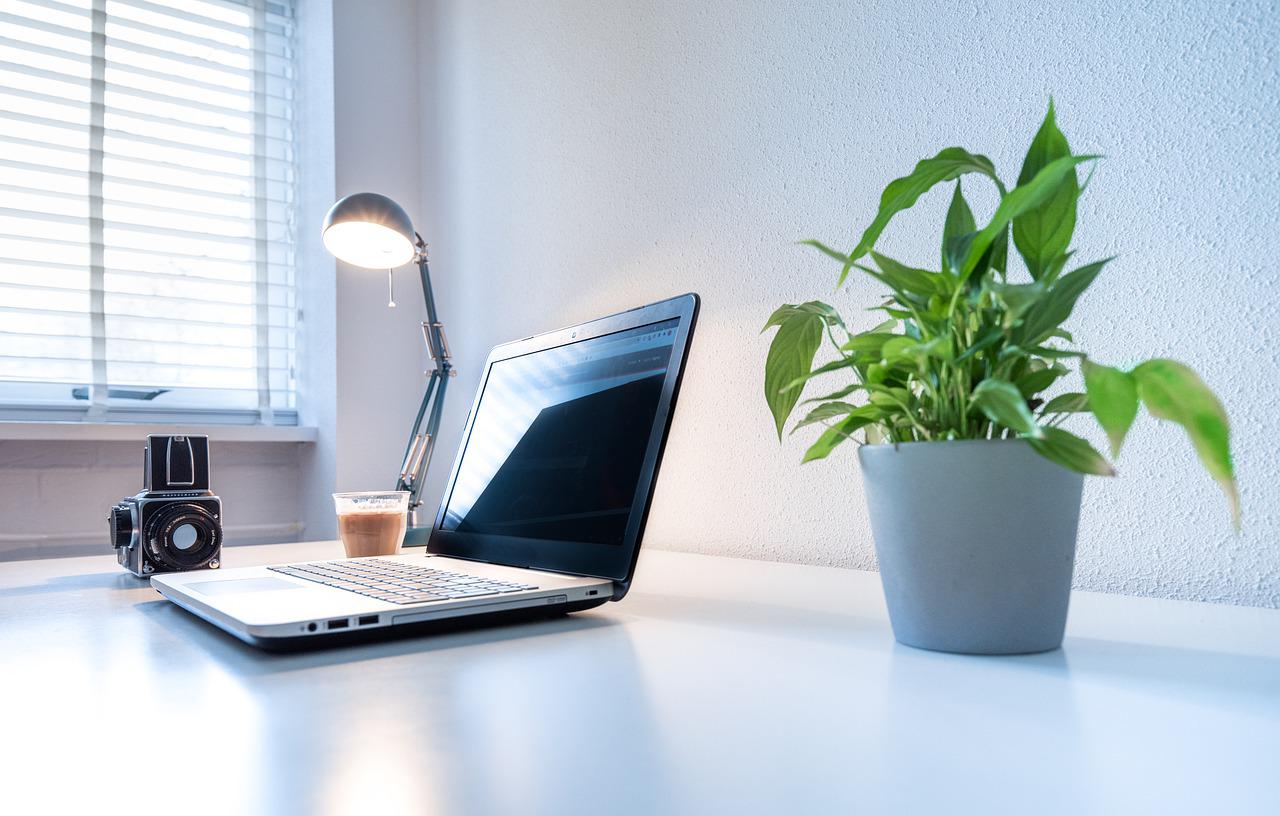Householders have been told how to maximise the light in their homes to help struggling house plants to thrive this winter.
Gardening experts at Garden Buildings Direct have shared various methods for enhancing the amount of light in the home to guarantee the survival of indoor plants.
Plants can struggle during winter months if they don’t get enough light or water and even the most green-fingered homeowners sometimes forget that indoor plants need a little extra help when days are short.
Although indoor plants can photosynthesise with artificial light, it needs to be light of the right wavelength – which can be hard to get right. Some plants can struggle in rooms where curtains are pulled closed and lamps are dimmed low.
This is why the experts recommend making simple changes like switching to sheer curtains and investing in grow lights to increase the amount of light in your home.
A spokesperson from Garden Buildings Direct said: “We all know that plants need extra love and attention in the winter months, but this also applies to those growing indoors.
“Many forget they can struggle to survive without enough light in the room and just because the space may have some natural light flowing in, it may not be enough for the plants to grow efficiently.
“If a room doesn’t face direct sunlight, invest in an artificial grow light or move plants around the house to a spot which receives lots of natural light where they can thrive.
“Simple tasks like trimming any hedges that are blocking windows can also increase the amount of natural light in a room.”
Here are Garden Buildings Direct’s top tips for creating more natural light for indoor plants:
- Invest in grow lights
The ideal replacement for the sun itself, grow lights ensure plants can photosynthesise even in environments where there are small or no windows. They’re handy in colder climates when you need to take a plant indoors to grow in warmer, more suitable conditions.
- Windowsill gardening
Take advantage of the natural light windowsills receive and place indoor plants on these ledges to allow them to thrive. Make sure to water them consistently every few weeks to get them to grow perfectly.
- Keep blinds open
Have your blinds open for longer periods when growing indoor plants. This will allow them to benefit from an extended amount of natural light, otherwise, they may not grow to their full potential. With such limited sunlight throughout the winter, it is crucial to give plants as much access to it as possible.
- Trim hedges behind windows
Have a look outdoors to see if any hedges, plants or bushes are blocking light from any of the windows. If you have a plant that is stagnating or growing too slowly, this could be the cause of why there’s not enough natural light coming into the room.
- Get sheer curtains
Thick curtains or heavy drapes can block out natural light coming in, so replacing them with sheer curtains that let light stream in can allow it to enter a room easier.
- Clean the windows
Condensation is one of the biggest burdens for homeowners in colder months and can cause less light to shine through the windows. If you find that condensation is a problem in your home, clean the windows every couple of days or invest in a dehumidifier to stop the windows from fogging up and creating more natural light.







